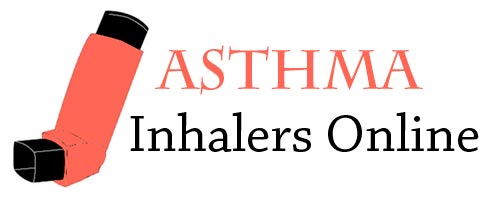Theophylline and Fenoterol on Exercise-Induced Asthma Effects
On the theophylline titration day, serum theophylline levels ranged from 10.2 to 18.2 mg/ml, with a mean of 13.3 ±: 2.1 mg/ml. These levels were produced by doses ranging from 270 to 697 mg (3.5 to 10.4 mg/kg). When these doses were repeated during the experiment, the mean blood level was almost identical, 13.3 ± 3.3 mg/ml. The lower theophylline dose, 130 mg, was administered on three testing days (on two of these days with











